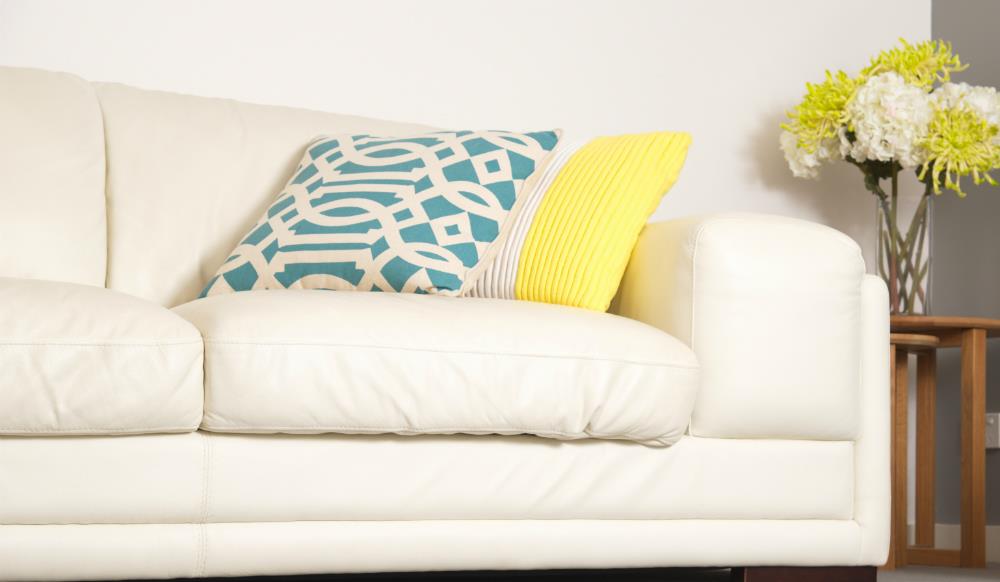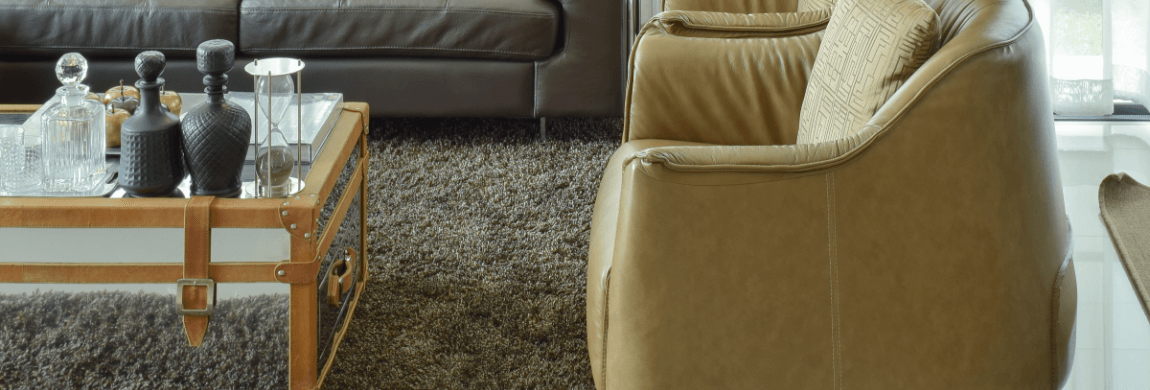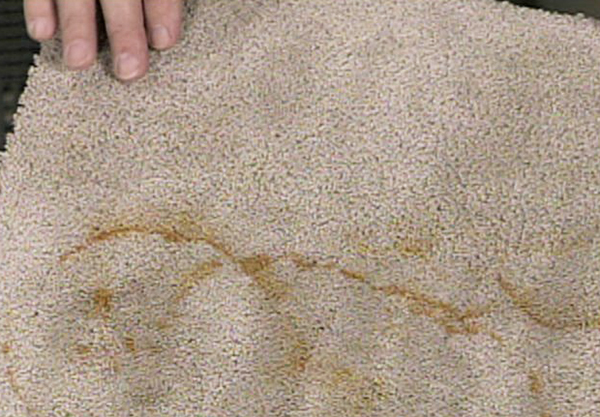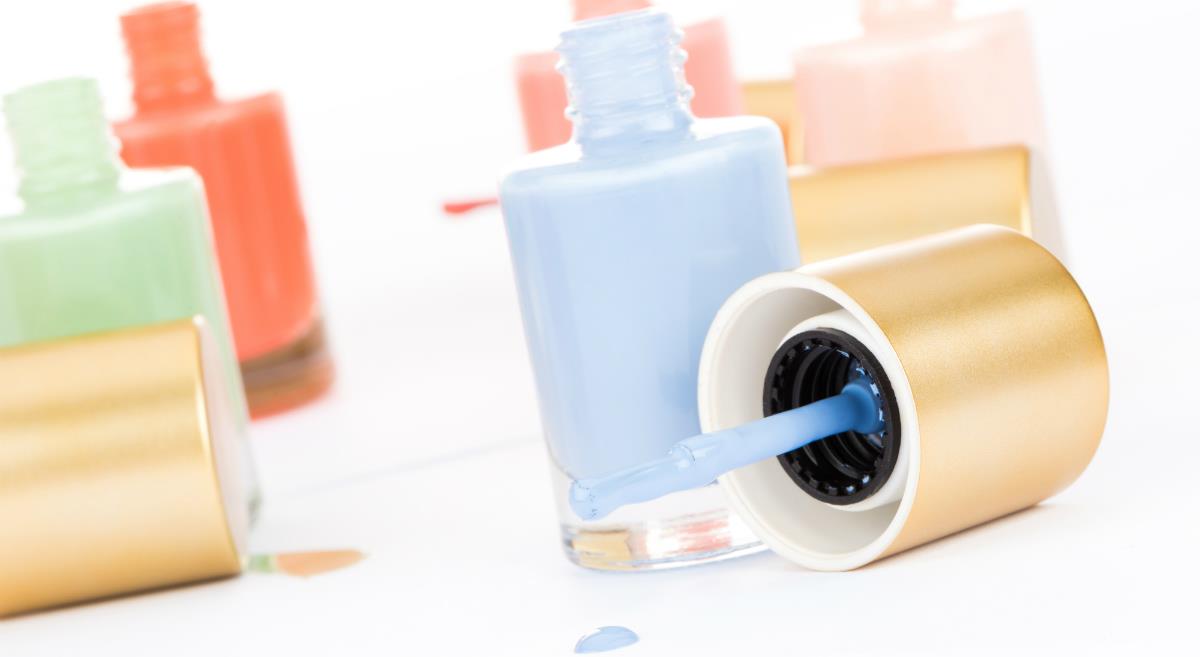Obviously, ink and leather don’t match. Ink is a dyeing agent and has the ability to re-colour leather. The longer the ink stain stays on the leather, the harder it is to remove, but if you can get to the stain before it dries, it will be much easier to remove. To treat an ink stain, try the following process:
Removing Ink Stains
1. Check Colourfastness
Take a clean white cotton cloth or paper towel and moisten with isopropyl alcohol or rubbing alcohol. Wipe the cloth with the alcohol on an inconspicuous part of the lounge suite and check for colour transfer. If the dye from the leather transfers to the cloth, then do not proceed as you may remove the colour from the lounge suite.
2. Dab with Isopropyl
Dab the stain with the alcohol working from the outside in. Don’t scrub the stain as this will spread the mark.
3. Continue with Clean Cloth
You should see a transfer of the stain from the leather to the cloth. Regularly change the cloth you are using otherwise you may transfer the ink from the cloth back to the lounge suite. Continue this process until there is no further transfer of colour from the lounge to the cloth.
4. Apply Leather Conditioner
If you have a leather conditioner, apply it to the lounge after treating the stain as the alcohol will tend to dry out the lounge suite and may cause cracking.
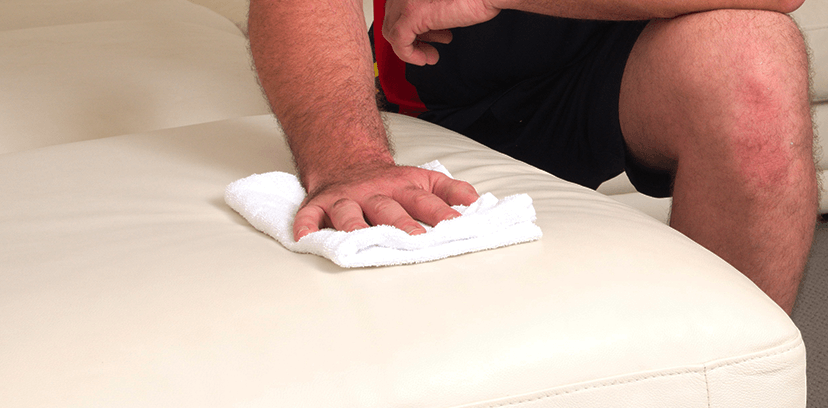

Ink stains on leather
There are some old wives tales that suggest treating an ink stain on leather with hairspray, laundry soap or abrasive cleaners. We can’t recommend these methods and they may have varying results. If you don’t have isopropyl alcohol then hairspray may be the best bet because of the high alcohol content. However, it may also include other ingredients that could cause staining.
If a stain remains, then Electrodry's leather cleaning team will often succeed in removing the stain. Call us on 13 33 79 to talk about your option for leather stain removal. Electrodry's expert stain removal technicians are your best bet for getting the stain out, but keep in mind that the stain will be more difficult to remove as time goes on. The sooner it's treated, the better the results!
SUBSCRIBE TO OUR NEWSLETTER
Sign up for email promotions, tips and special offers.



